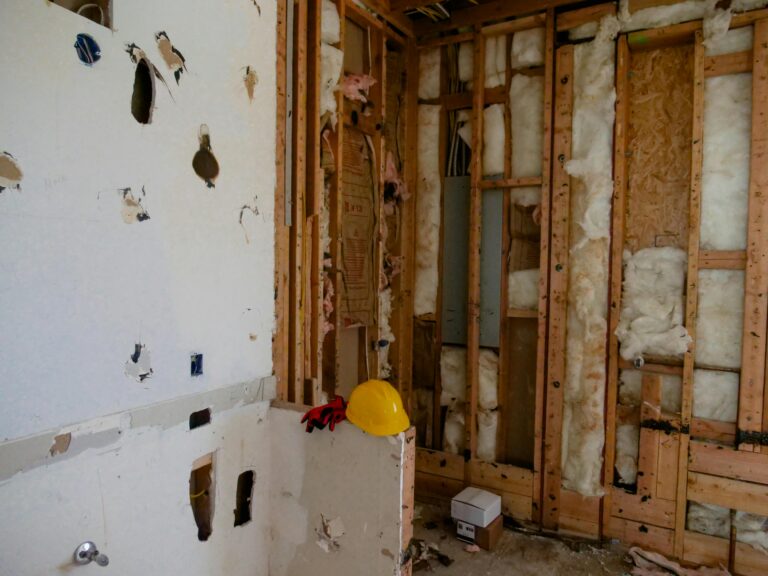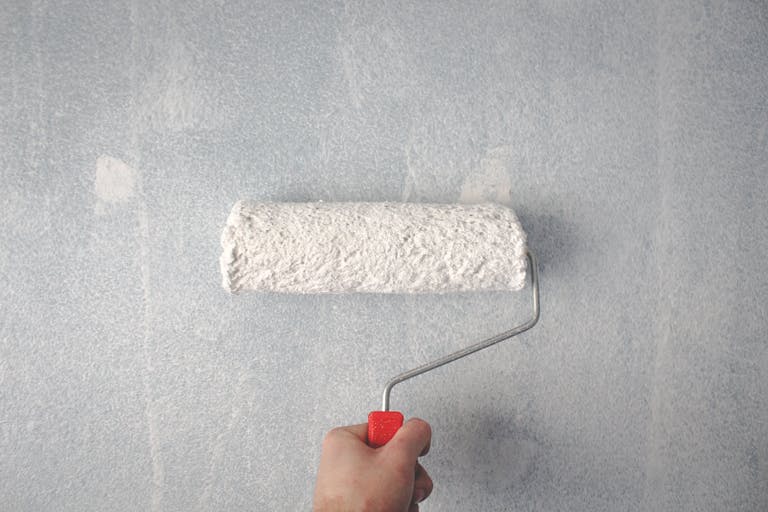Spring Power Washing Guide: Revitalize Your Home’s Exterior
Selecting the perfect paint color is only half the battle in transforming your home; the finish you choose plays an equally critical role. Often overlooked, paint sheen impacts not just aesthetics but also durability, maintenance, and even how light interacts with a room. A high-gloss accent wall can create drama, while a matte finish might hide imperfections in a cozy bedroom. Yet, many DIYers default to a single sheen throughout their home, leading to impractical outcomes like scrubbable finishes in low-traffic areas or delicate matte paint in muddy hallways. Understanding the unique properties of each finish—from flat to high-gloss—ensures your paint job looks stunning and stands up to daily life. This guide demystifies paint finishes, empowering you to make informed, room-specific choices that balance beauty with resilience.
Understanding Paint Finishes: More Than Just Shine
Paint finishes, or sheens, refer to the level of light reflectance in dried paint, ranging from non-reflective to mirror-like. Each type offers distinct advantages:
- Flat/Matte: Zero shine, excellent at hiding surface flaws. Ideal for low-traffic areas like adult bedrooms or ceilings. Less durable and harder to clean.
- Eggshell: Subtle, velvety glow (5-10% sheen). Offers better stain resistance than flat, suitable for living rooms and dining areas.
- Satin: Soft pearl-like finish (25-35% sheen). Highly versatile, washable, and moisture-resistant. Perfect for hallways, kids’ rooms, and kitchens.
- Semi-Gloss: Noticeable shine (40-50% sheen). Extremely durable and water-resistant. Best for trim, doors, bathrooms, and cabinets.
- High-Gloss: Glass-like reflectivity (70-90% sheen). Tough and easy to wipe down. Use sparingly on focal points like front doors or furniture.
Higher sheens contain more resin, making them harder and more scrubbable but also highlighting surface imperfections.
Room-by-Room Finish Recommendations
Matching sheen to room function prevents premature wear and simplifies upkeep. Consider these tailored suggestions:
- Kitchens & Bathrooms: Opt for satin or semi-gloss. Their moisture resistance handles steam and splashes, while smooth surfaces repel grease and grime. Use semi-gloss on cabinetry for frequent wiping.
- Living Rooms & Dining Rooms: Eggshell strikes a balance here. It camouflages minor wall flaws while offering enough durability for occasional cleaning. Reserve satin for chair rails or wainscoting.
- Bedrooms & Home Offices: Choose flat or eggshell for serene, low-light environments. Flat’s non-reflective quality reduces glare and creates a calming atmosphere.
- Hallways, Staircases & Kids’ Rooms: Prioritize satin. It withstands scuffs, fingerprints, and frequent cleaning without appearing overly shiny.
For example, a family with young children repainted their playroom in satin instead of eggshell, resulting in stress-free marker cleanup.
Special Applications: Trim, Ceilings, and Accents
Beyond walls, strategic sheen choices enhance architectural details and longevity:
- Trim, Doors & Moldings: Semi-gloss is the gold standard. Its toughness protects against dings, and its reflectivity makes details “pop.”
- Ceilings: Always use flat. It minimizes light bounce, hides imperfections, and rarely needs washing.
- Accent Walls: Experiment with satin or semi-gloss for depth. A satin navy wall in a matte gray room adds dimension without overwhelming.
- Furniture & Cabinets: Semi-gloss or high-gloss ensures scratch resistance. For a vintage dresser, high-gloss enamel provides a lacquer-like durability.
Application Tips for Flawless Results
Proper preparation and technique prevent streaks and uneven sheen:
- Prep Matters: Higher sheens reveal bumps and cracks. Sand walls smooth, fill holes, and use a high-quality primer.
- Tool Selection: Use synthetic rollers with shorter naps (1/4″) for glossier finishes to minimize texture. Natural-bristle brushes work best for oil-based gloss paints.
- Application: Maintain a “wet edge” by painting in small sections and blending quickly. Avoid over-rolling, which can create stipple marks in satin or semi-gloss.
- Lighting: Test sheens under your room’s actual lighting. A north-facing room may make satin appear flatter than in direct sun.
One homeowner avoided a common pitfall by testing satin and semi-gloss samples on their textured bathroom walls, discovering semi-gloss emphasized bumps undesirably.
Choosing the right paint finish is a blend of art and practicality—where durability meets design. Remember: reserve flat for ceilings and quiet spaces, satin for bustling areas, and semi-gloss for trim and wet zones. By aligning sheen with room function, you’ll enhance aesthetics while reducing maintenance headaches. Before committing, paint large swatches on different walls and observe them at various times of day. This simple step prevents regrets and ensures your finish performs as beautifully as it looks. Invest in quality paint suited to your chosen sheen; the longevity of your hard work depends on it.






